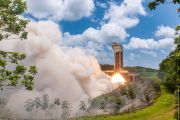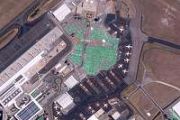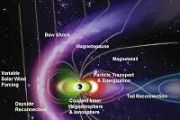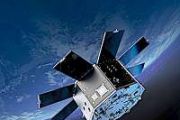
Copernical Team
A Return to Your Regularly Scheduled Touch-And-Go: Sols 4130-4131
 It was a fairly calm planning day after a few weeks of activity at Mineral King, with a familiar touch-and-go plan. That's not the only thing that's back to normal - ENV has ended our dust storm watch as dust activity has calmed down to seasonal levels. We even have a (slightly hazy) view of the crater rim again (see above)!
After leaving Mineral King behind we were greeted by a new worksp
It was a fairly calm planning day after a few weeks of activity at Mineral King, with a familiar touch-and-go plan. That's not the only thing that's back to normal - ENV has ended our dust storm watch as dust activity has calmed down to seasonal levels. We even have a (slightly hazy) view of the crater rim again (see above)!
After leaving Mineral King behind we were greeted by a new worksp China Prepares to Launch Next-Gen Lunar Relay Satellite, Queqiao 2
 The China National Space Administration (CNSA) is poised to launch Queqiao 2, a pivotal relay satellite designed to support the Chang'e 6 moon mission and future lunar explorations, within the coming days. The launch preparations include the satellite and its Long March 8 carrier rocket, both of which have recently been positioned at the Wenchang Space Launch Center in Hainan province.
Fol
The China National Space Administration (CNSA) is poised to launch Queqiao 2, a pivotal relay satellite designed to support the Chang'e 6 moon mission and future lunar explorations, within the coming days. The launch preparations include the satellite and its Long March 8 carrier rocket, both of which have recently been positioned at the Wenchang Space Launch Center in Hainan province.
Fol Pioneering Gemini, Apollo astronaut Thomas Stafford dies at 93
 Former Gemini and Apollo 10 astronaut Thomas Stafford died at his home in Indian Harbor, Fla., on Monday, NASA said. He was 93.
Stafford, a retired Air Force lieutenant general, was a test pilot during the early days of the U.S. space program, flew on the first Apollo-Soyuz mission and was head of NASA's astronaut office in the early 1970s, as well.
"Today, Gen. Tom Stafford went
Former Gemini and Apollo 10 astronaut Thomas Stafford died at his home in Indian Harbor, Fla., on Monday, NASA said. He was 93.
Stafford, a retired Air Force lieutenant general, was a test pilot during the early days of the U.S. space program, flew on the first Apollo-Soyuz mission and was head of NASA's astronaut office in the early 1970s, as well.
"Today, Gen. Tom Stafford went New Map Unveils the Cosmic Tapestry of 1.3 Million Quasars
 In an astronomical feat, scientists have created the most expansive map yet of the universe's supermassive black holes, known as quasars, marking a significant leap in our understanding of these cosmic behemoths. The map reveals the location of approximately 1.3 million quasars, with the most distant ones illuminating the cosmos at a time when it was just 1.5 billion years old, a stark contrast
In an astronomical feat, scientists have created the most expansive map yet of the universe's supermassive black holes, known as quasars, marking a significant leap in our understanding of these cosmic behemoths. The map reveals the location of approximately 1.3 million quasars, with the most distant ones illuminating the cosmos at a time when it was just 1.5 billion years old, a stark contrast Hubble views dwarf galaxy LEDA 4216
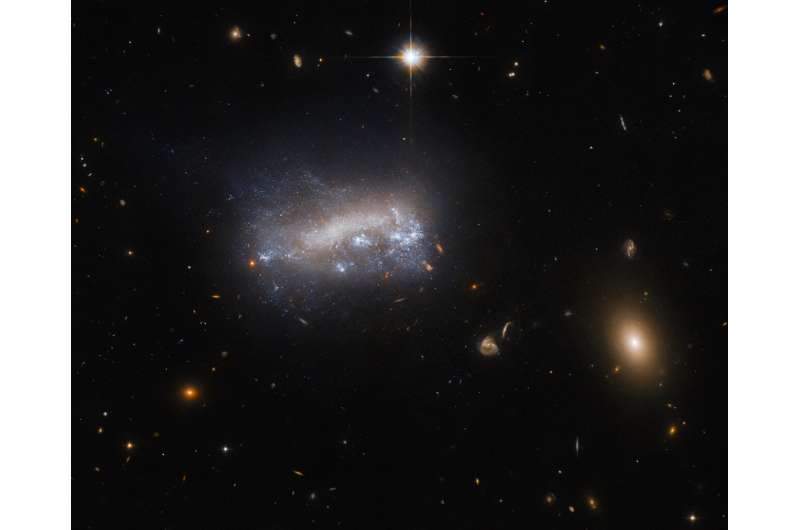
This NASA/ESA Hubble Space Telescope image shows LEDA 42160, a galaxy about 52 million light-years from Earth in the constellation Virgo. The dwarf galaxy is one of many forcing its way through the comparatively dense gas in the massive Virgo cluster of galaxies. The pressure exerted by this intergalactic gas, known as ram pressure, has dramatic effects on star formation in LEDA 42160.
Astronaut Thomas Stafford, commander of Apollo 10, has died at age 93
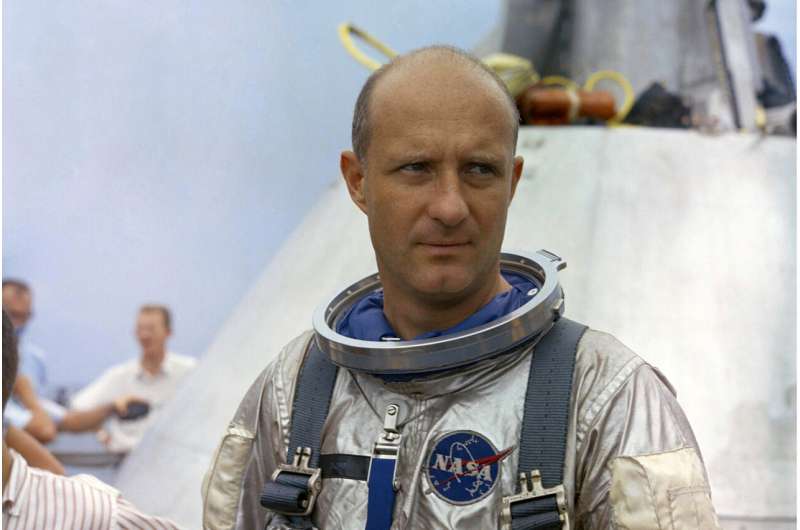
Astronaut Thomas P. Stafford, who commanded a dress rehearsal flight for the 1969 moon landing and the first U.S.
As Voyager 1's mission draws to a close, one planetary scientist reflects on its legacy
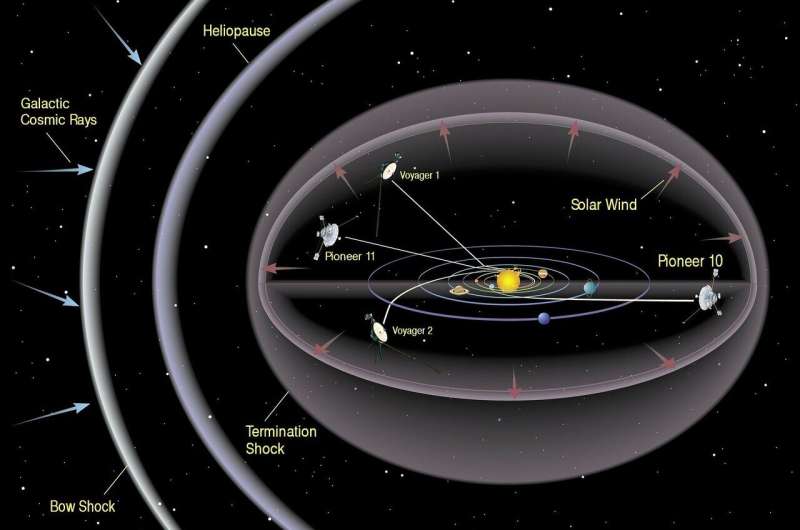
For nearly 50 years, NASA's Voyager 1 mission has competed for the title of deep space's little engine that could. Launched in 1977 along with its twin, Voyager 2, the spacecraft is now soaring more than 15 billion miles from Earth.
On their journeys through the solar system, the Voyager spacecraft beamed startling images back to Earth—of Jupiter and Saturn, then Uranus and Neptune and their moons. Voyager 1's most famous shot may be what famed astronomer Carl Sagan called the "pale blue dot," a lonely image of Earth taken from 6 billion miles away in 1990.
But Voyager 1's trek could now be drawing to a close. Since December, the spacecraft--which weighs less than most cars--has been sending nonsensical messages back to Earth, and engineers are struggling to fix the problem. Voyager 2 remains operational.
Fran Bagenal is a planetary scientist at the Laboratory for Atmospheric and Space Physics (LASP) at CU Boulder. She started working on the Voyager mission during a summer student job in the late 1970s and has followed the two spacecraft closely since.
To celebrate Voyager 1, Bagenal reflects on the mission's legacy—and which planet she wants to visit again.
SpaceX finally manages Kennedy Space Center launch with record-tying booster
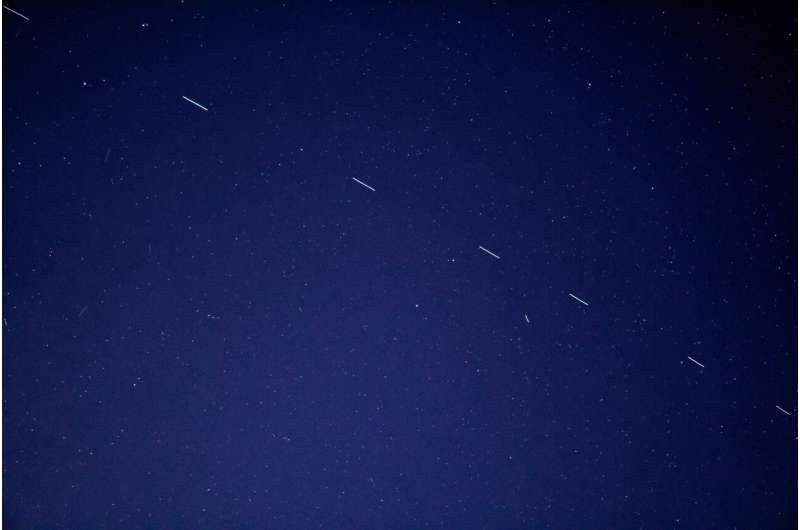
After two days of scrubs, SpaceX pulled out some Friday night lights sending up another batch of Starlink satellites from Florida's Space Coast using a first-stage booster for a record-tying 19th time.
A Falcon 9 rocket lifted off from Kennedy Space Center's Launch Pad 39-A at 8:21 p.m. carrying 23 of SpaceX's internet satellites. Two previous launch attempts were called off with about two minutes left on the countdown clock, the most recent because of an "issue with the transporter erector's cradle arms."
But despite venturing two hours deep into a four-hour window, the launch took off without a hitch.
The first-stage booster equaled the total number of flights by two of SpaceX's other boosters, one of which, though, was destroyed when it toppled over at sea.
This booster's resume includes two human spaceflights, the Inspiration4 orbital mission flown by billionaire Jared Issacman and the first private spaceflight for Axiom Space on its Ax-1 mission to the International Space Station. It has also flown the GPS III Space Vehicle 04, GPS III Space Vehicle 05, Nilesat 301, OneWeb Launch 17, ARABSAT BADR-8 and 11 Starlink missions.
SpaceX is building a spy satellite network for US, news agency says
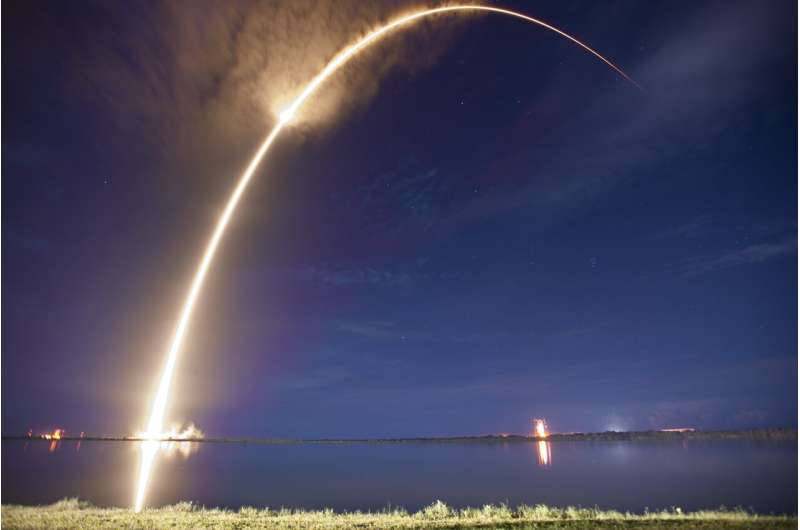
Elon Musk's SpaceX is building a network of hundreds of spy satellites under a classified contract with a U.S. intelligence agency, Reuters reported, citing five people familiar with the program.
SpaceX's Starshield business unit is building the network as part of a $1.8 billion contract signed in 2021 with the National Reconnaissance Office, Reuters said. The new spy system comprises of hundreds of satellites bearing Earth-imaging capabilities that can operate as a swarm in low orbits, according to the news agency.
The contract signals a strengthening relationship between the billionaire's space company and the US government's national security agencies, Reuters said.
SpaceX and the NRO did not immediately respond to requests for comment sent after regular business hours. The NRO said last year that it planned to quadruple its orbiting spacecraft by 2033.
2024 Bloomberg L.P. Distributed by Tribune Content Agency, LLC.
Gaia maps largest ever collection of quasars in space and time
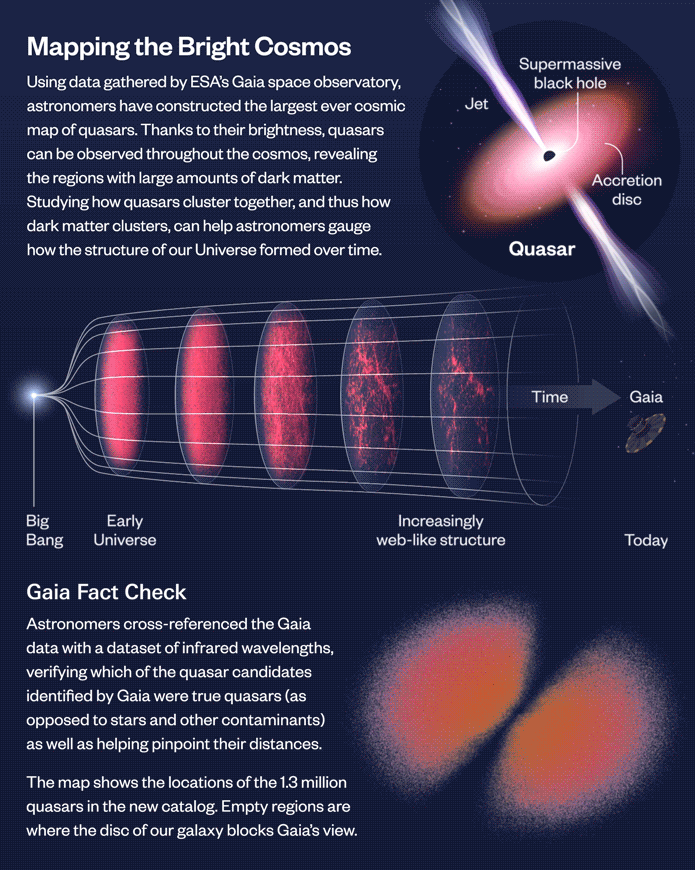 Image:
Image:
Astronomers have created the largest yet cosmic 3D map of quasars: bright and active centres of galaxies powered by supermassive black holes. This map shows the location of about 1.3 million quasars in space and time, with the furthest shining bright when the Universe was only 1.5 billion years old.
The new map has been made with data from ESA’s Gaia space telescope. While Gaia’s main objective is to map the stars in our own galaxy, in the process of scanning the sky it also spots objects outside the Milky Way, such as quasars and other galaxies.
The graphic












